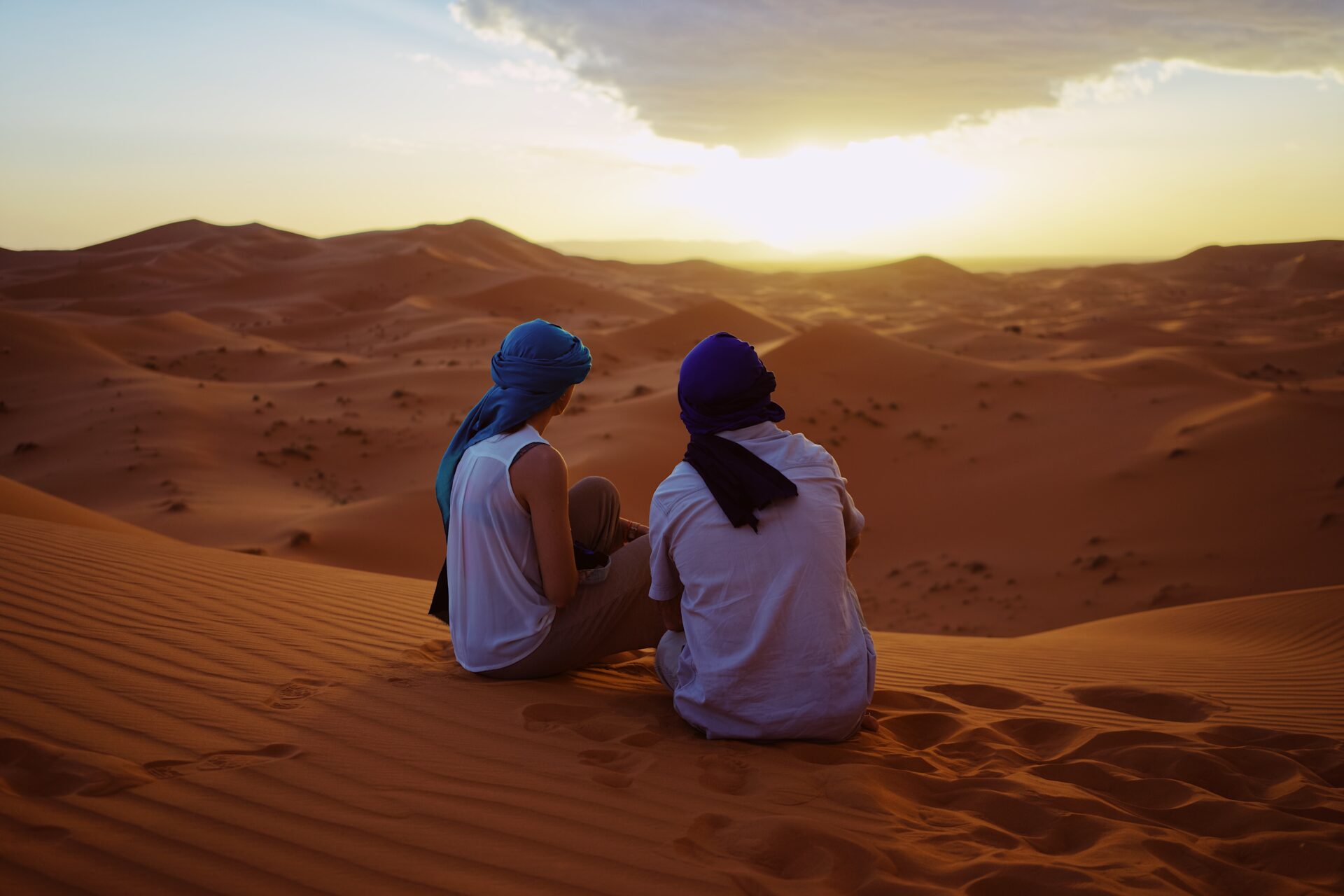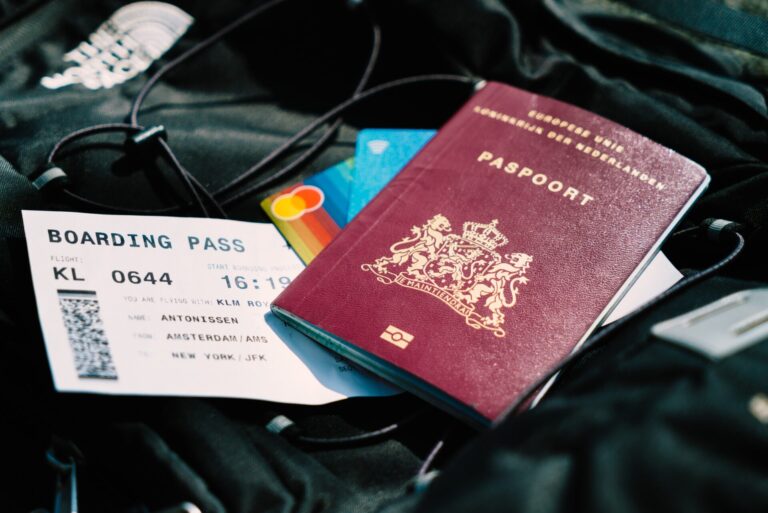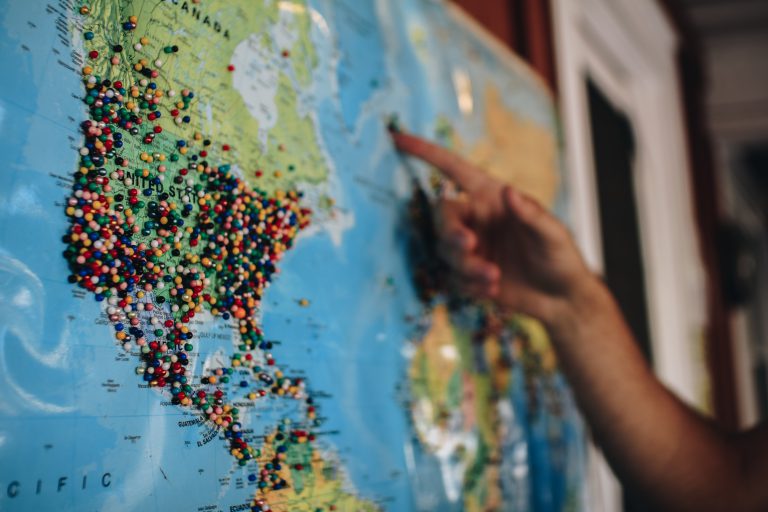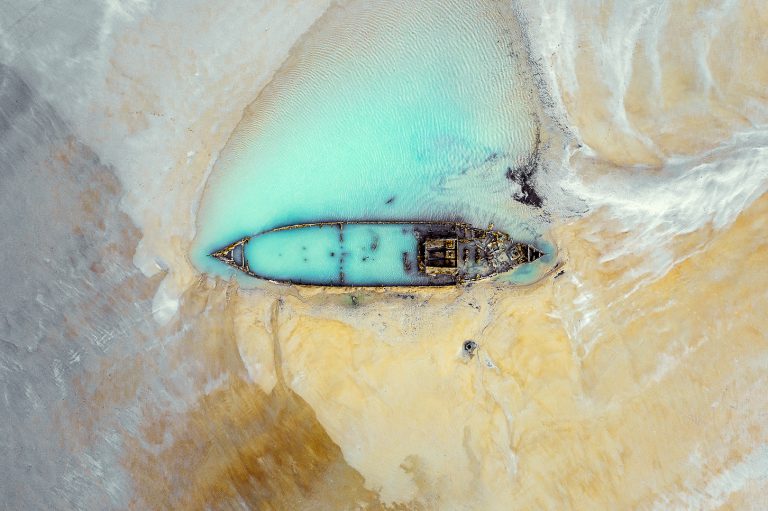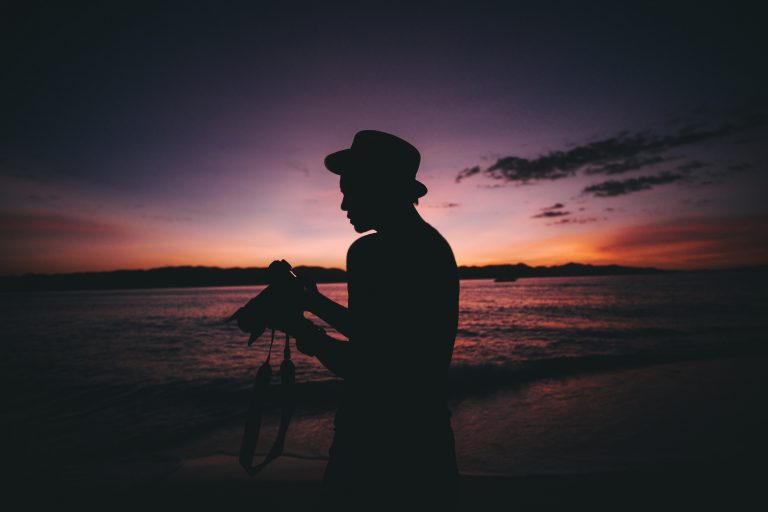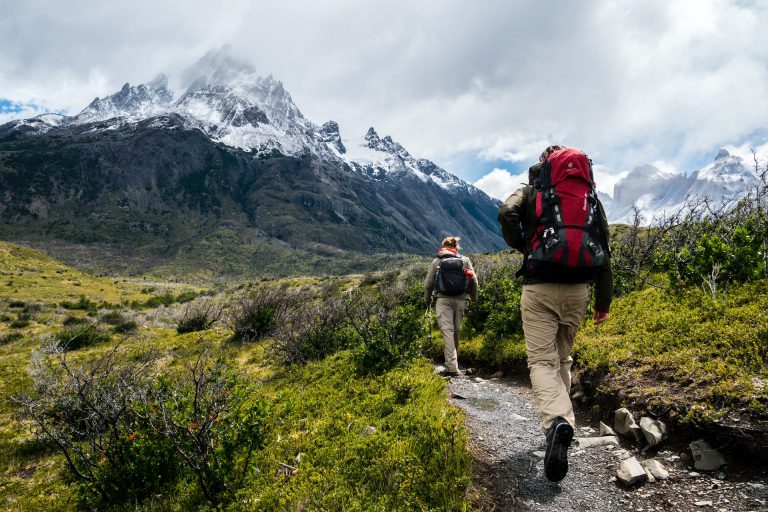The Ultimate Shemagh Guide: A Versatile and Sustainable Travel Essential
The shemagh, a traditional Middle Eastern headscarf, has become increasingly popular among travelers worldwide. This versatile accessory offers numerous practical uses and serves as a stylish, culturally significant addition to any travel wardrobe.
In this article, we’ll explore the many ways to use a shemagh, its cultural significance, travel hacks, and how it contributes to zero-waste travel.
Page Contents
Demystifying the Shemagh: Origins, Uses, and Significance
A shemagh, also known as a keffiyeh or ghutrah, is a traditional Middle Eastern headscarf primarily worn by men. It originated as a practical garment designed to protect against the harsh desert climate, shielding the face and neck from sun, wind, and sand. While the shemagh has cultural and historical roots in the Middle East and North Africa, its use has since expanded worldwide due to its versatility and style.
The wearing of a shemagh is not inherently religious; it is primarily a cultural and practical item. Civilians can wear a shemagh, and in fact, its popularity has grown among travelers and outdoor enthusiasts who appreciate its adaptability and protective qualities. The US military also uses shemaghs, especially in desert environments, where they provide valuable protection against the elements.
The terms “shemagh” and “keffiyeh” are often used interchangeably, although some regional variations in design and terminology may exist. For example; the red and white keffiyeh is said to represent the Jordanian people and their struggle for independence, while the black and white keffiyeh, commonly linked to Palestinian culture, symbolizes their fight for self-determination. These patterns hold cultural and political significance, but the shemagh’s primary purpose remains that of a practical, versatile garment suitable for a variety of uses and situations.
Discovering the Many Uses of a Shemagh
A shemagh serves multiple purposes, offering protection and style during various travel scenarios, particularly in Middle Eastern countries such as Saudi Arabia, Jordan, and the United Arab Emirates. When worn to cover your face and neck from harsh UV rays, it effectively prevents sunburns and excessive exposure, making it an excellent sun protection solution.
Furthermore, when appropriately folded and tied, it acts as a reliable barrier against dust, sand, and other airborne particles commonly found in Middle Eastern and North African countries like Egypt, Morocco, and Tunisia, functioning as a practical dust mask.
Apart from its protective uses, a shemagh can be worn as a scarf to offer warmth and protection from chilly winds while adding style to your outfit. It can also be fashioned into a comfortable and protective headwrap, keeping your hair clean and out of your face.
In an unexpected situation, it can be turned into a simple bag, great for carrying small things or fruits and vegetables from a nearby market. By tying the corners together securely and adjusting the fabric, you can create a simple yet functional carrying solution when other options are unavailable.
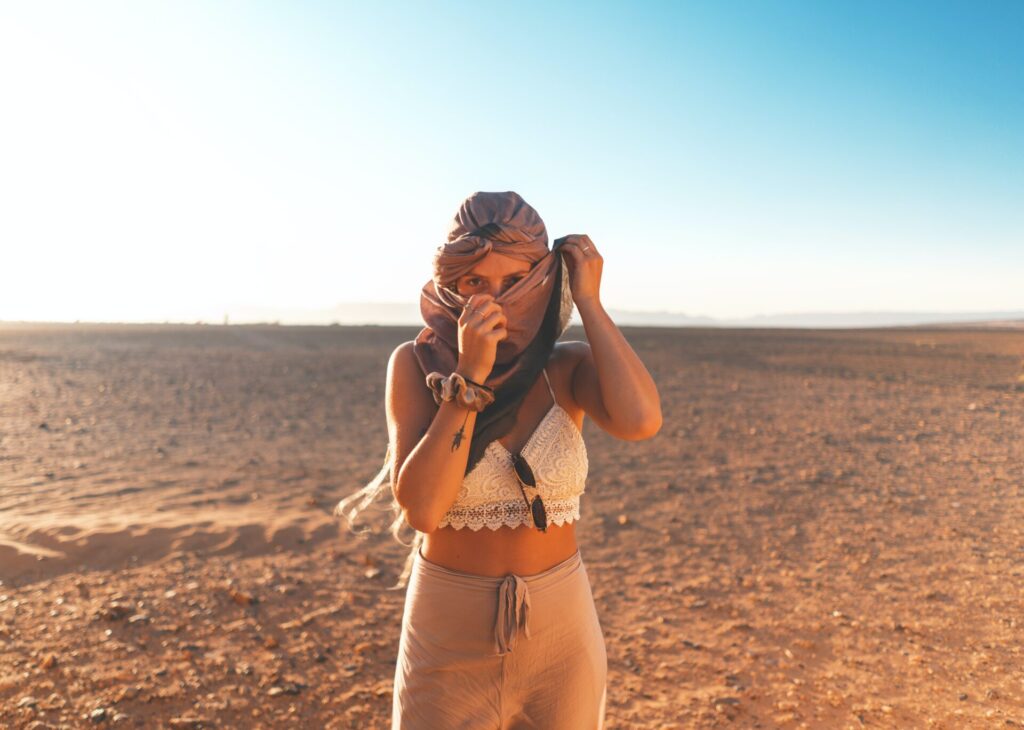
The Cultural Significance of the Shemagh
The shemagh holds great cultural significance, particularly in the Middle East and North Africa. Originally designed to provide protection from the harsh desert climate, this versatile garment has evolved over time to become a symbol of cultural identity and pride.
The shemagh, also known as the keffiyeh or ghutrah, is commonly associated with countries such as Saudi Arabia, Jordan, Iraq, and the United Arab Emirates. Wearing a shemagh not only reflects an individual’s cultural background, but it also showcases a respect for local traditions and customs, making it an essential part of the region’s heritage.
Several prominent figures have been known to wear a shemagh, further cementing its status as an iconic cultural symbol. For instance, the late Palestinian leader Yasser Arafat often wore a black and white shemagh as part of his signature look, symbolizing his national identity and political stance. Additionally, the late King Abdullah of Saudi Arabia was frequently seen wearing a shemagh during his reign, exemplifying the garment’s importance in the Arab world.
Travel Hacks: Mastering the Art of Wearing a Shemagh
To make the most of your shemagh, it’s essential to learn proper tying techniques for various uses. Following step-by-step tutorials or seeking guidance from locals can help you adapt your shemagh to fit your needs, whether as a headwrap, scarf, or dust mask.
Here are three step-by-step tutorials on how to wear it as a headwrap, scarf, and dust mask:
Wearing a Shemagh as a Headwrap
- Start by folding the headscarf in half diagonally to form a triangle.
- Place the folded edge along your forehead, with the ends of the triangle hanging at each side.
- Take the two ends and cross them over at the back of your head, then bring them to the front.
- Tie a simple knot at the front of your head, adjusting the shemagh for comfort.
- Optional: Tuck in any loose fabric at the back for a more secure fit.
Wearing a Shemagh as a Scarf
- Fold the shemagh in half diagonally to create a triangle.
- Drape the triangle over your shoulders, with the folded edge at the back of your neck and the two ends hanging in the front.
- Cross the two ends over each other and adjust the shemagh for comfort.
- Optional: Tuck the ends into a jacket for a neater look.
Wearing it as a Dust Mask
- Fold the shemagh in half diagonally to form a triangle.
- Position the folded edge over your nose and mouth, with the ends of the triangle hanging at each side.
- Take the two ends and cross them over at the back of your head.
- Bring the ends to the front and tie a simple knot under your chin, ensuring it covers your nose and mouth comfortably.
- Optional: Cover your ears for additional protection.
Supporting the Zero-Waste Movement
A shemagh can play a significant role in supporting the zero-waste movement, particularly for travelers who prioritize sustainable practices. By incorporating a shemagh into your travel essentials, you can reduce your reliance on single-use items, such as disposable face masks, plastic bags, and tissues. Its versatility makes it a convenient and eco-friendly alternative to these wasteful products, helping to minimize your environmental impact while on the go.
Beyond its practical applications, choosing a shemagh made from sustainable materials and produced ethically further contributes to eco-friendly travel practices. Look for brands that prioritize organic, natural fabrics like cotton, and focus on environmentally responsible manufacturing processes. By making conscious choices in the products you use and the companies you support, you not only contribute to the zero-waste movement but also encourage others to follow suit.
Embracing the shemagh as a multi-purpose travel accessory can inspire a more sustainable, eco-conscious approach to exploring the world, demonstrating that small changes in our habits can lead to a significant positive impact on our planet.
Adapting to Diverse Climates
The shemagh’s versatility makes it an ideal travel accessory for adapting to diverse climates and weather conditions. Its unique properties offer protection and comfort in a variety of environments, ensuring that you’re prepared for whatever your journey may bring.
In hot and arid desert climates, such as those found in the Middle East and North Africa, it provides valuable protection against the sun’s harsh rays. By shielding your face, neck, and head from direct sunlight, it helps prevent sunburns and overheating. Moreover, it serves as a barrier against wind-blown sand and dust, ensuring that you remain comfortable and safe in challenging conditions.
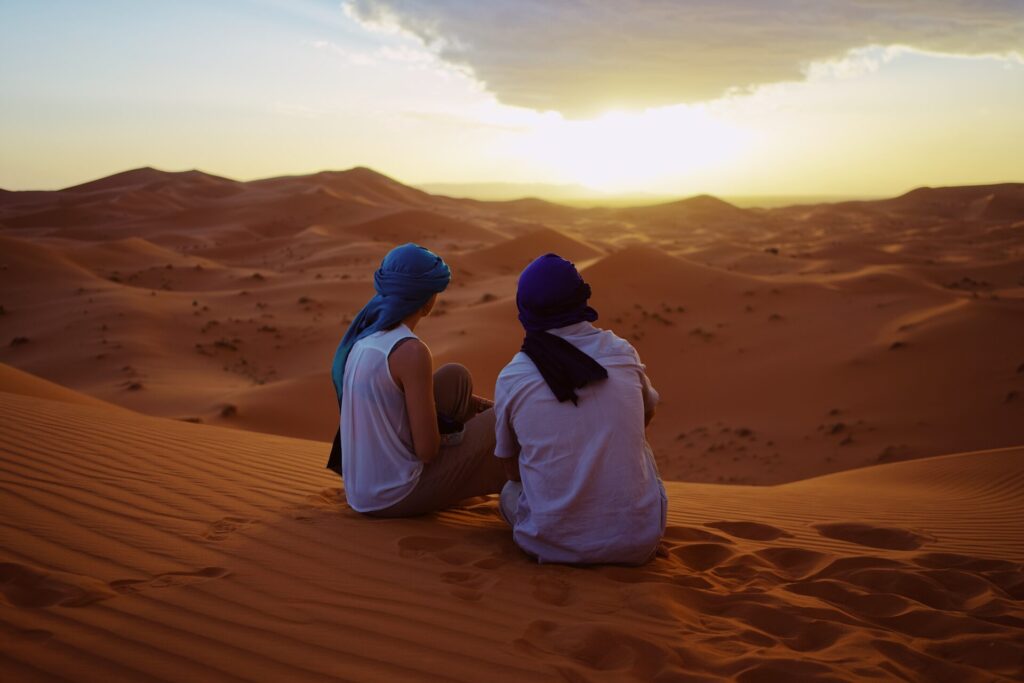
In colder regions or during winter months, the shemagh can be worn as a warm and cozy scarf, insulating your neck and trapping body heat to keep you comfortable. Its thick fabric offers an additional layer of protection against chilly winds and low temperatures. When visiting humid climates, its moisture-wicking properties come in handy by helping to keep you dry and comfortable, even in the face of high humidity and perspiration.
The Shemagh: Essential Gear for Adventure Travel
The shemagh is an excellent travel accessory, offering numerous practical benefits for adventurers and globetrotters alike. Its versatility and adaptability make it an indispensable item for various travel situations, from trekking through dusty trails to exploring bustling city streets.
For instance, it can protect your face and neck from harmful UV rays, prevent sunburns, and shield against wind and airborne particles. When visiting a local market, it can be quickly transformed into a makeshift bag for carrying small items or products, while in colder regions, it serves as a warm and stylish scarf.
One of the many memorable experiences travelers can enjoy while wearing a shemagh is stargazing in the Sahara Desert. The vast, open expanse of the desert provides an unparalleled opportunity to observe the night sky, free from light pollution. Wearing it during this adventure ensures protection from the cool night air and the occasional gust of wind-blown sand. The shemagh’s ability to adapt to various climates and conditions makes it an essential companion for travelers seeking unique and unforgettable experiences around the globe.
A Comprehensive Buyer’s Guide to Choosing the Right Shemagh
When selecting the perfect shemagh to accompany you on your travels, it’s essential to consider several factors to ensure you get the best quality, comfort, and style. Here’s a detailed buyer’s guide to help you make an informed choice:
- Material; Opt for natural, breathable fabrics like cotton or a cotton blend. These materials are gentle on your skin, comfortable to wear, and provide excellent protection against the elements.
- Size; Choose a keffiyeh large enough to wrap around your head or neck comfortably. Standard sizes typically range from 42 x 42 inches to 47 x 47 inches, offering ample coverage and versatility.
- Design; Select a pattern and color that reflect your personal style and preferences. Traditional designs include checkerboard, houndstooth, and fishnet patterns, while more contemporary options may feature bold colors and unique prints.
- Quality; Examine the craftsmanship of the keffiyeh, paying close attention to the stitching and finish. A well-made shemagh will have tight, even stitching and durable seams, ensuring it lasts through many adventures.
- Ethical production; Research and purchase from brands that prioritize ethical manufacturing practices, fair labor conditions, and environmentally friendly production methods.
Reputable brands known for their high-quality shemaghs
- Tapp Collections – This brand offers a wide variety of designs and colors, using soft, high-quality cotton for a comfortable and stylish keffiyeh.
- Explore Land – Known for their military-grade shemaghs, Explore Land provides durable, long-lasting options made from 100% cotton and designed to withstand harsh conditions.
- Rothco – A popular choice among military personnel and outdoor enthusiasts, Rothco’s shemaghs are made from heavy-duty cotton and come in various traditional designs and colors.
- Buff – While not a traditional shemagh, Buff’s multifunctional headwear offers similar functionality and versatility, using sustainable materials like recycled polyester and incorporating moisture-wicking technology.
By considering these factors and exploring the offerings from reputable brands, you’ll be able to find the ideal shemagh to suit your needs, style, and commitment to sustainability.

